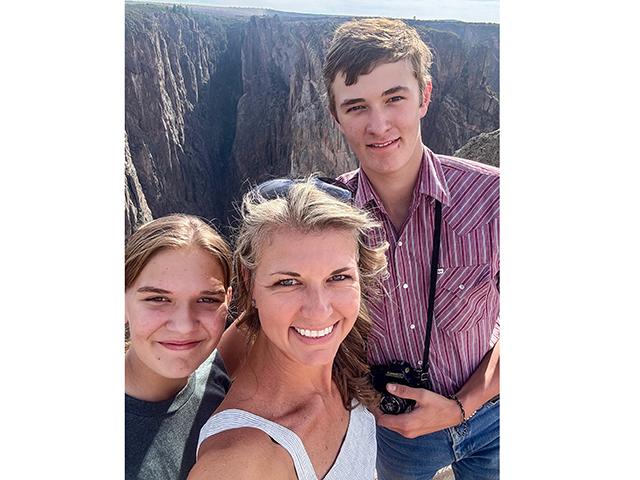Feedout Tests
Performance Records Point to Opportunity for Improvement
Cole Eldon believes when cattle producers have good information, and they put it to work, they can make more money. That's the idea behind the University of Missouri's long-lived program, Missouri Steer Feedout, which goes back to 1981.
This year's program just got underway, and includes 139 steers, from 15 groups. Average weight was 639 pounds. Producers are allowed to enter 5 to 20 head in the program, which sends steers to Tri-County Steer Carcass Futurity in southwestern Iowa for feeding and management. They stay there until they are harvested by Tyson Foods in Nebraska in the spring. Producers don't have to be based in Missouri to participate in the program, Cole, livestock specialist with University of Missouri Extension, notes they have cattle from Arkansas, Kansas, Illinois and Oklahoma, as well as Missouri.
Cattle are not required to be any breed or breed mix. This program is more about finding out what's under the hide, and seeing how an animal will grade.
"The 15 lots of steers gave the audience a great chance to see the diversity of cattle in southwest Missouri," noted Cole. Most were Angus and Angus crossbreeds, but there were also Brahman crosses, straight Charolais and Red Angus. The steers were born between late December 2017 and April 2018.
P[L1] D[0x0] M[300x250] OOP[F] ADUNIT[] T[]
They are ranked on things like temperament, body condition and eyes.
"You can't tell a steer's post-weaning performance by its cover," stressed Cole. "The only way you'll learn your herd's genetics for overall performance is to feed them [out] at least two or three times." A good goal, he adds, is to work toward 70% to 80% of the carcasses grading USDA choice or higher.
The program doesn't guarantee more money on those steers enrolled, it's more about a low-risk way to see how an operation's calf crop performs. Through that data there are ways to begin to improve the genetic reputation of a herd, ultimately increasing returns.
Russell Marion, a producer from Pierce City, Missouri, has participated in the program the last 16 years. He says he usually brings oddly colored calves that would not bring as much money at an auction. For this feeding program, hair color doesn't matter. Judges emphasize carcass grades and yield.
He says over the years he's been in the program he has seen an average profit per head of almost $40. It's ranged from good years when the profit level hit $328, to not so good years when there was a loss of $185.
This past year's program participants, some 203 steers, averaged a loss of $38.69 per head during the feeding phase. The range went from a profit of $195.11 to a loss of $368.04 per head. The big loss was tied to the death of a steer out of a five-head group. Seven groups generated profits with above-average daily gains and premiums for Quality Grade and Yield Grade on the rail. There were no discounted carcasses.
For more information contact any University of Missouri livestock specialist.
(GH/AG)
Copyright 2018 DTN/The Progressive Farmer. All rights reserved.





